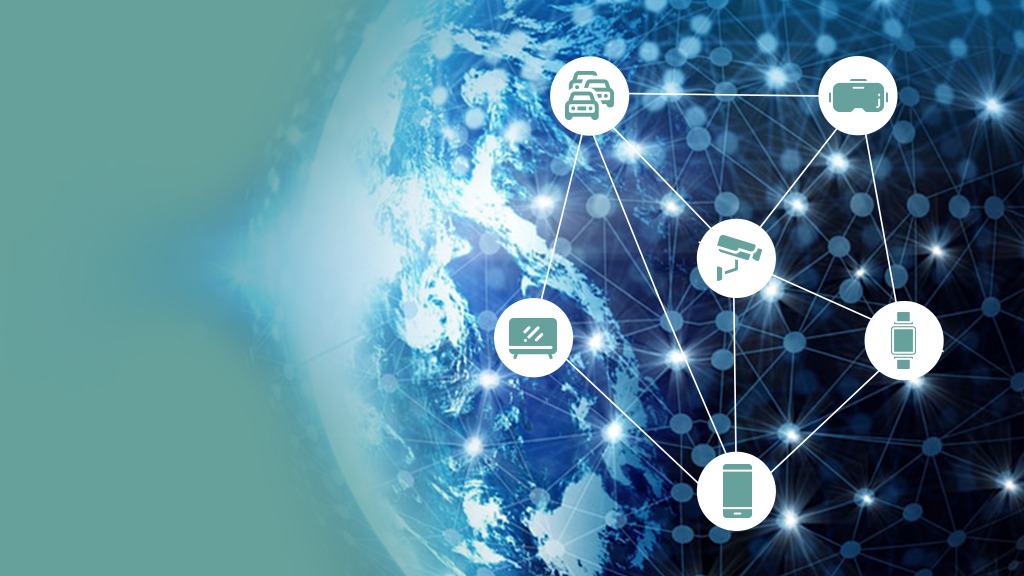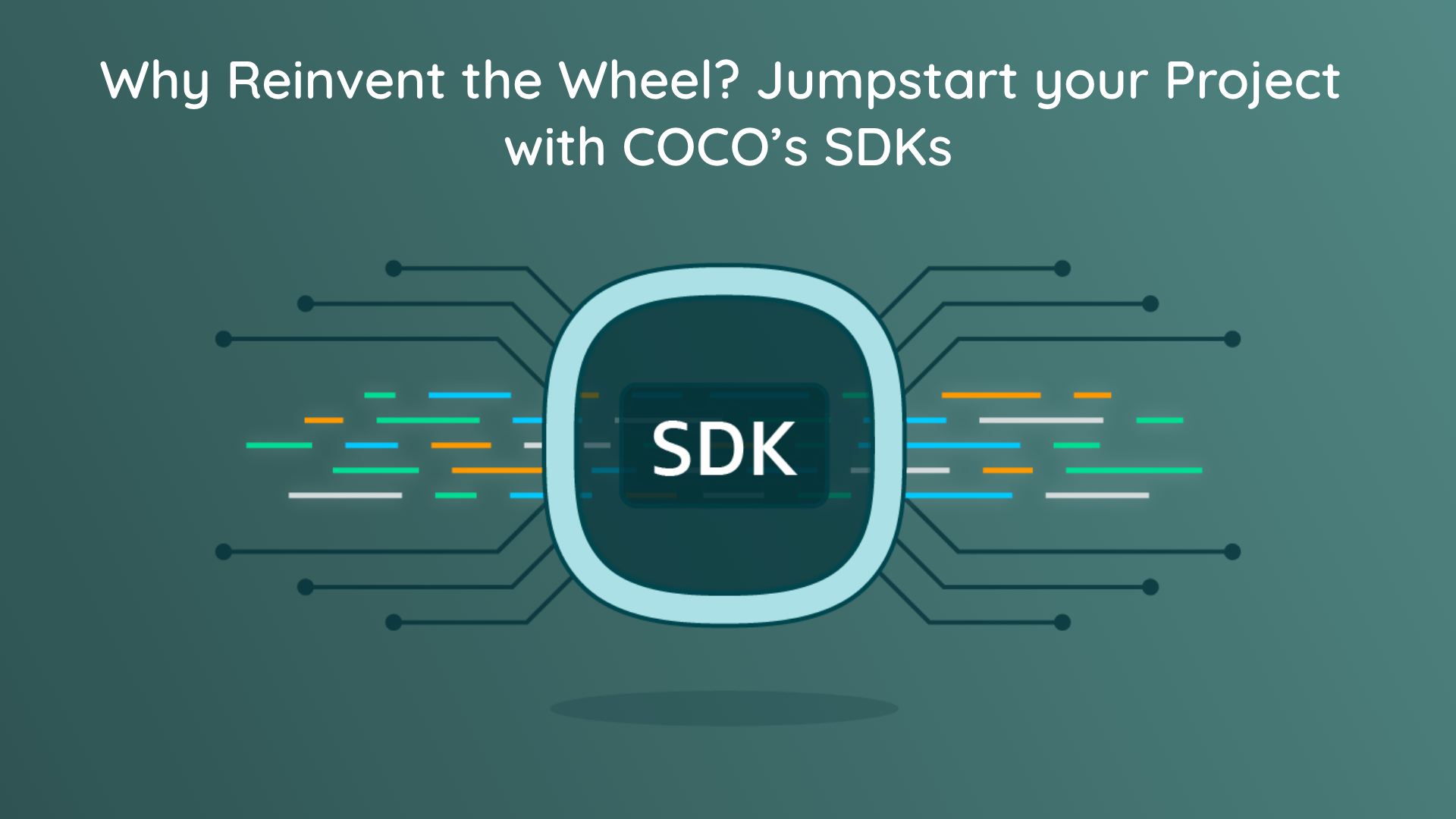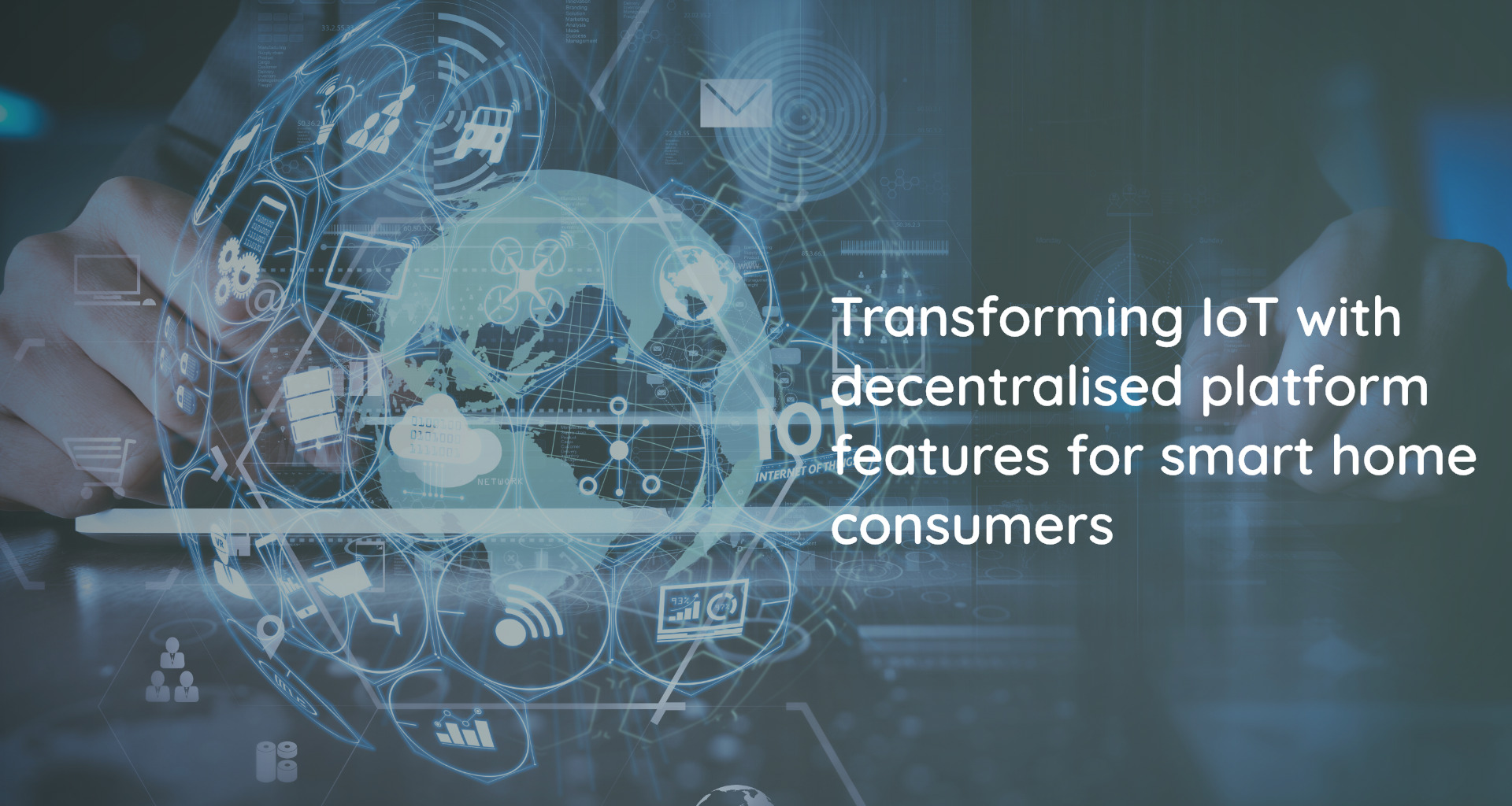Edge-first vs Cloud-first— A Hybrid Architecture
It is all about low latency.
The smart home security solutions constitute a large portion of the smart home market dependent on high definition data streaming from security cameras. There is also rising demand for smart energy management solutions, assisted living, and other smart home consumer needs.
The smart home security market is expected to grow to 4.37 billion U.S. dollars by 2022 despite high installation costs.
With time, smart home routines have evolved a great deal. They work with underlying complex deep learning algorithms that use computer vision, face recognition, voice recognition, and NLP technologies. For differentiated smart home services, real-time communication with low latency is a necessity.
Let’s explore Cloud-first architecture
Cloud-first architectures depend on sensors streaming data to digital twins in the cloud for data aggregation, running rules, making inferences, and acting upon inferences. If you want to combine sensor data with high bandwidth multimedia data from cameras, the costs of scaling such a solution in a cloud architecture add up significantly.
Apart from vulnerabilities to data privacy, such as “cloud-first” platforms are unable to provide low
latency due to the lack of QoS on the core internet network resulting in unpredictable roundtrip time.
The vulnerability in the cloud-first architecture is that if the cloud goes down, the entire IoT network goes down with it.
Does an IoT system really need to go to the cloud for every single transaction?
Hybrid Architecture for Edge Intelligence
The computing industry is at a point of inflection with two transformational technologies occurring in tandem, edge computing and 5G networking.
Today, low-cost computing devices with processors, memory and network bandwidth are as capable as server-class machines from 2005. The on-device computational abilities make the 5G devices autonomous, leading to an increased adoption of edge computing scenarios.
5G will blur the lines between clients and servers and make the network a continuum of computing nodes of different capabilities from on-device edge to cloud.
Having a network of interconnected compute elements in continuum raises some very interesting requirements for an edge intelligence platform. These include a common software stack with consistent APIs, streaming interfaces, distributed harmony for QoS, and integrated security. COCO addresses these needs via its platform.
COCO’s peer-to-peer hybrid architecture is built to help you transition from the centralized mobile-cloud platforms to decentralized peer-to-peer (P2P) platforms.
As much as your subscribers are spread across the world, so are your support personnel. To fulfill your promise of seamless delivery, you do not have to fully depend on the deployment of expensive field technicians.
Read our next episode that describes how a smart home platform with an in-built operator console empowers your support centers and the remote assistance team is meeting all SLAs. Read further









Comments :
Leave a comment